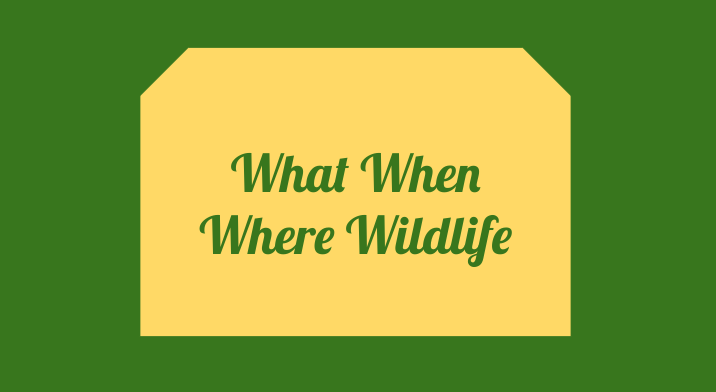As winter arrives, the environment is beginning to change. The temperature is dropping, the trees are growing dormant, and many types of animals are preparing for this new season. Yes, birds fly south for the winter and bears hibernate until spring, but what about the other wildlife, how are they impacted by the change of scenery?
As the temperature grows colder, ponds eventually begin to freeze up, but how does that impact the fish and other aquatic animals living there? Well, believe it or not, some fish actually hibernate. To survive the cold, fish will school together in the deepest part of the pond or river, slow their hearts and begin to sleep. This not only keeps them pretty warm, but decreases the need for food and oxygen. As for frogs and turtles, they can survive for a while as long as there is enough oxygen within the ice.
So what about mammals? Do all of them hibernate? Not exactly. Deer, for instance, aren’t actually affected by the changing season much, being able to find food pretty well despite the snow. The same goes for moose. Mice and shrews also don’t usually hibernate, as they tend to find warm spaces to call home during the cold season.
Everyone knows that when it begins to get colder, birds fly south. That’s pretty common knowledge, but there are many types of birds who never do anything of the sort. Birds like owls, vultures and cardinals never fly south, instead preferring to stay behind. Owls in particular are efficient hunters, being able to capture and eat mice and other small animals despite refraining from flying to warmer climates.
As the temperature decreases and the trees grow dormant, the wildlife begins to adapt accordingly. While for most animals this means it’s time to move or hibernate, not every animal needs to drastically adapt.






